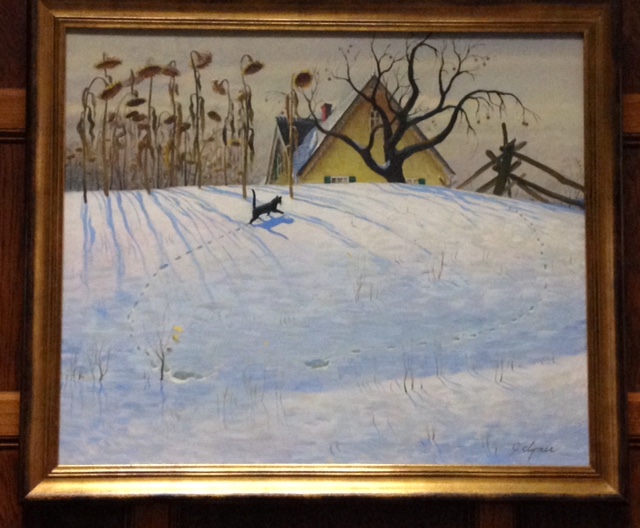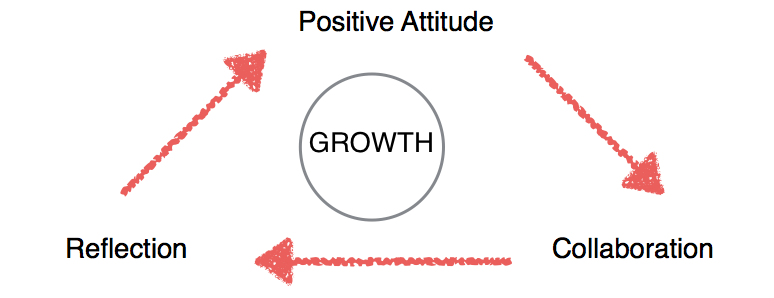“Our childhood experience of the world is a deep well that we keep turning to again and again in writing.”
Joyce Sidman
Isn’t it funny how some memories lie buried for months or even years, then suddenly two or three things happen all at once to remind you of some long-forgotten event or person? A visit to the library yesterday started me thinking about going there as a child. Then, this morning, there was a story on NPR about the important role libraries play in helping parents and caregivers develop their children’s early literacy skills, and more memories came flooding back.
I actually don’t remember going to the library before Kindergarten. But I do have very fond memories of the library once I started school, even though our school didn’t have it’s own library. We had something better.
Every week, each class would walk 100 yards or so to the town library next door. There we were greeted by Mrs. Rothschild, a tiny woman with a white bun wrapped tightly on the top of her head. We quickly settled into one of the three or four red-cushioned window seats, or found a spot on a narrow wooden bench. Then Mrs. Rothschild began to read.
She read Where the Wild Things Are and The Little House. As we grew older, she introduced us to Pippi Longstocking and Ramona the Pest. I loved being transported out of our tiny town to the wide world beyond, all while sitting in the cozy children’s room in the basement of the library.
This painting, by John Clymer, was part of the children’s room for as long as I could remember. I confess there were a few times when this cat making tracks through the snow was more interesting to me than Mrs. Rothschild’s read aloud. Where was he going? Where had he been? Was he carrying a mouse home? Where was that house, anyway?
When Mrs. Rothschild was finished reading, we searched the shelves for books to check out for the week. I loved Charlotte’s Web, and was always searching for stories about animals. (Hence the interest in the cat?)
So I was pleasantly surprised to see it hanging over the main circulation desk when I walked into the library yesterday. I immediately thought of Mrs. Rothschild, and the stories she read to us, all those years ago.

Many people read to me throughout my childhood and helped me become the reader I am today. Thank you, Mrs. Rothschild, for being one of them.
Thank you to Stacey, Tara, Dana, Betsy, Anna, and Beth for this space for teachers and others to share their stories each Tuesday. Be sure to visit Two Writing Teachers to read more Slice of Life posts.

















